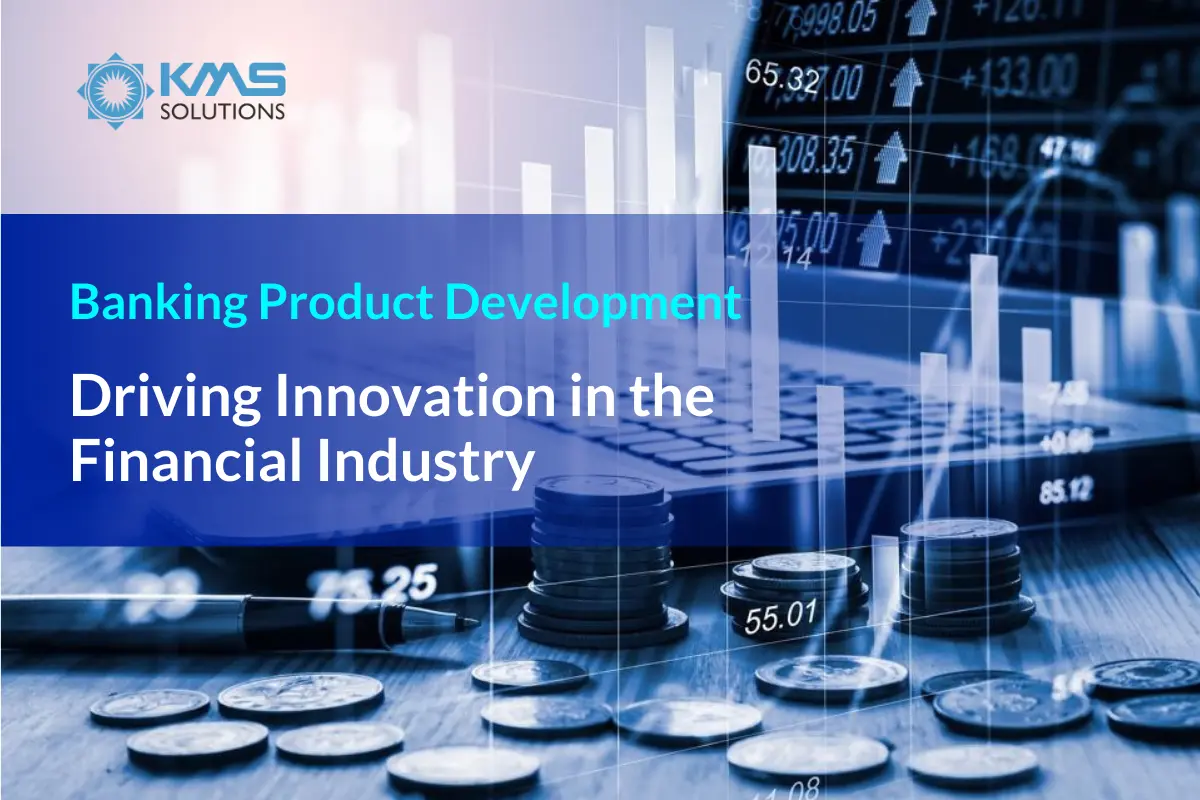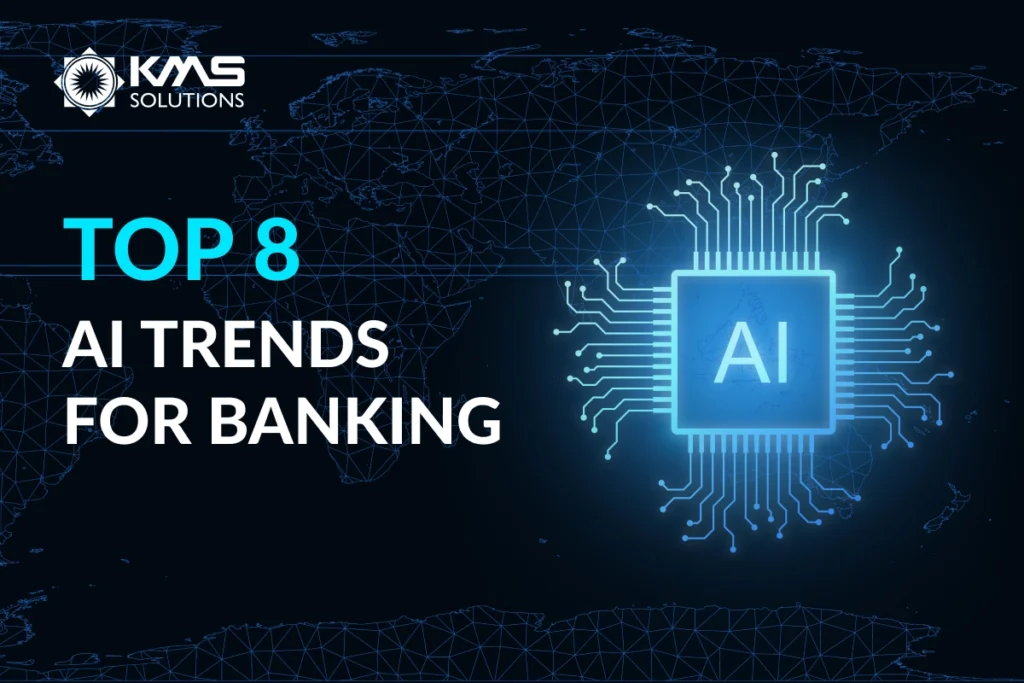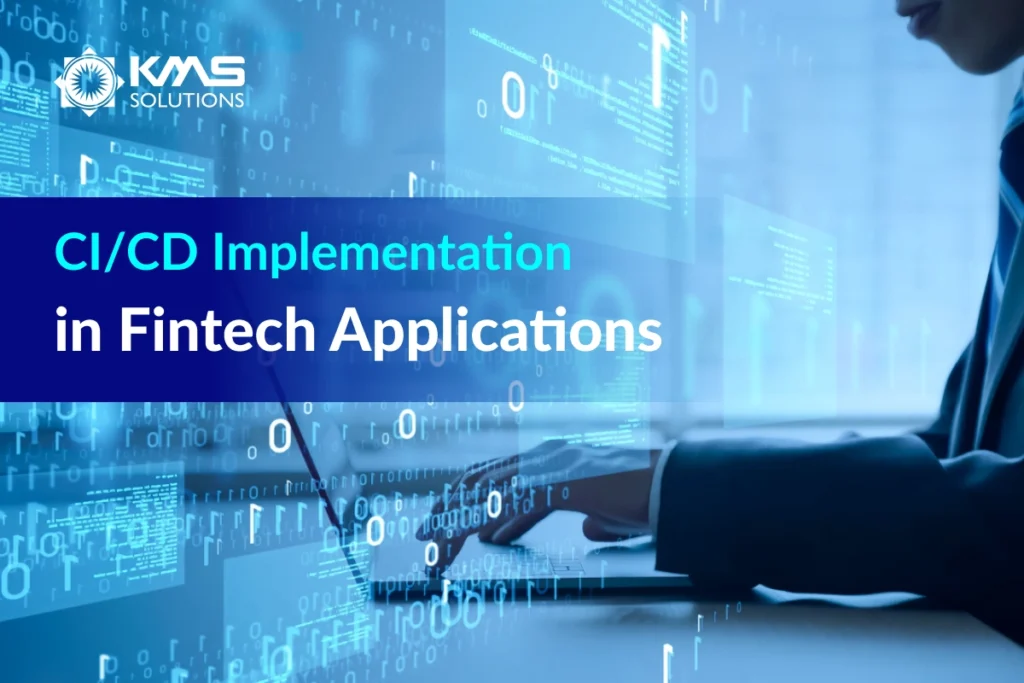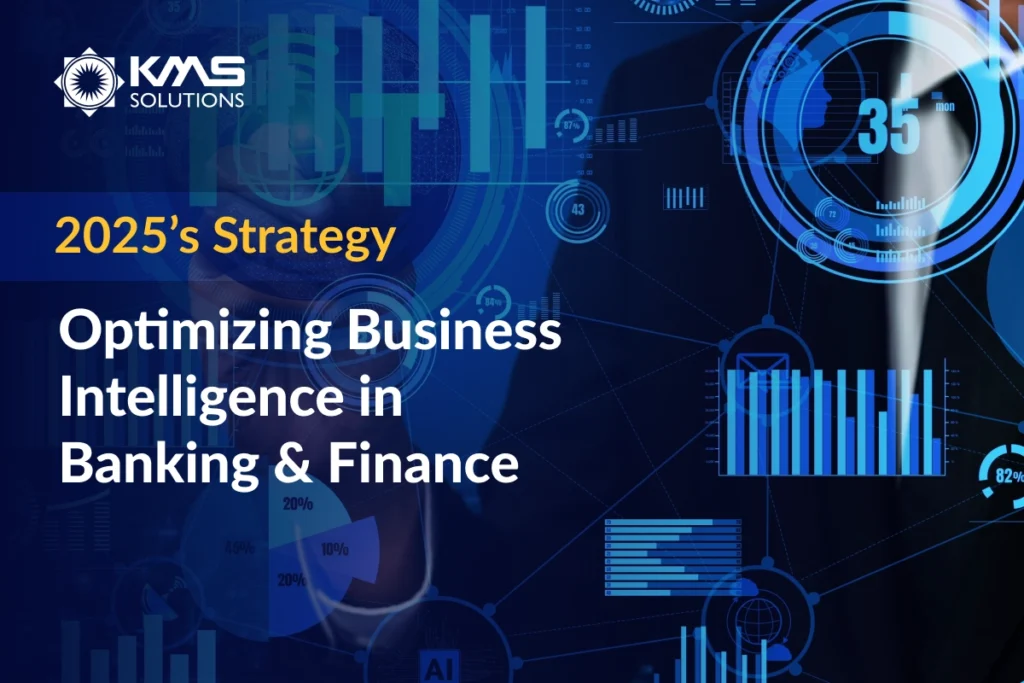In the rapidly evolving financial sector, banking product development is a critical driver of innovation and growth. As customer expectations rise and technology reshapes the industry, financial institutions must develop new, cutting-edge products to stay competitive. In this blog, we will explore the stages, challenges, and solutions in product development in the banking industry, and how adopting innovative approaches can lead to success.
The Importance of Product Development in Banking
The banking industry faces constant pressure to innovate. Here’s why new product development in banking is vital:
- Meeting Customer Expectations: Digital transformation has raised the bar for customer experiences, with users demanding convenience, personalization, and seamless access to financial services.
- Driving Revenue Growth: Launching innovative products attracts new customers and increases retention, which boosts revenue streams.
- Regulatory Compliance: As the regulatory landscape grows more complex, new products often address specific compliance requirements.
- Staying Competitive: With fintech companies and neobanks entering the market, traditional banks must innovate to retain their market share.
Key Stages of Banking Product Development
Developing a successful banking product involves several strategic steps:
Ideation
The process begins with identifying gaps in the market or new customer needs. Banks can leverage customer feedback, market research, and emerging trends to brainstorm viable product ideas.
Feasibility Study
Once an idea takes shape, it undergoes a thorough feasibility analysis to assess its technical, financial, and operational viability. Banks evaluate potential ROI, resource allocation, and scalability.
Conceptualization
Here, the product’s core features, value proposition, and design specifications are defined. Teams across departments collaborate to align on goals and strategies.
Prototyping and Testing
Banks create a prototype or a minimum viable product (MVP) to test functionality and gather user feedback. Iterations follow based on results.
5. Full-Scale Development
During this phase, the product undergoes full-fledged development, integrating front-end and back-end systems. Collaboration between IT teams and UX designers is critical.
Regulatory Review
Before launch, the product is reviewed to ensure compliance with local and international banking regulations.
Launch and Monitoring
After a successful launch, banks continuously monitor the product’s performance, making updates or enhancements as needed.
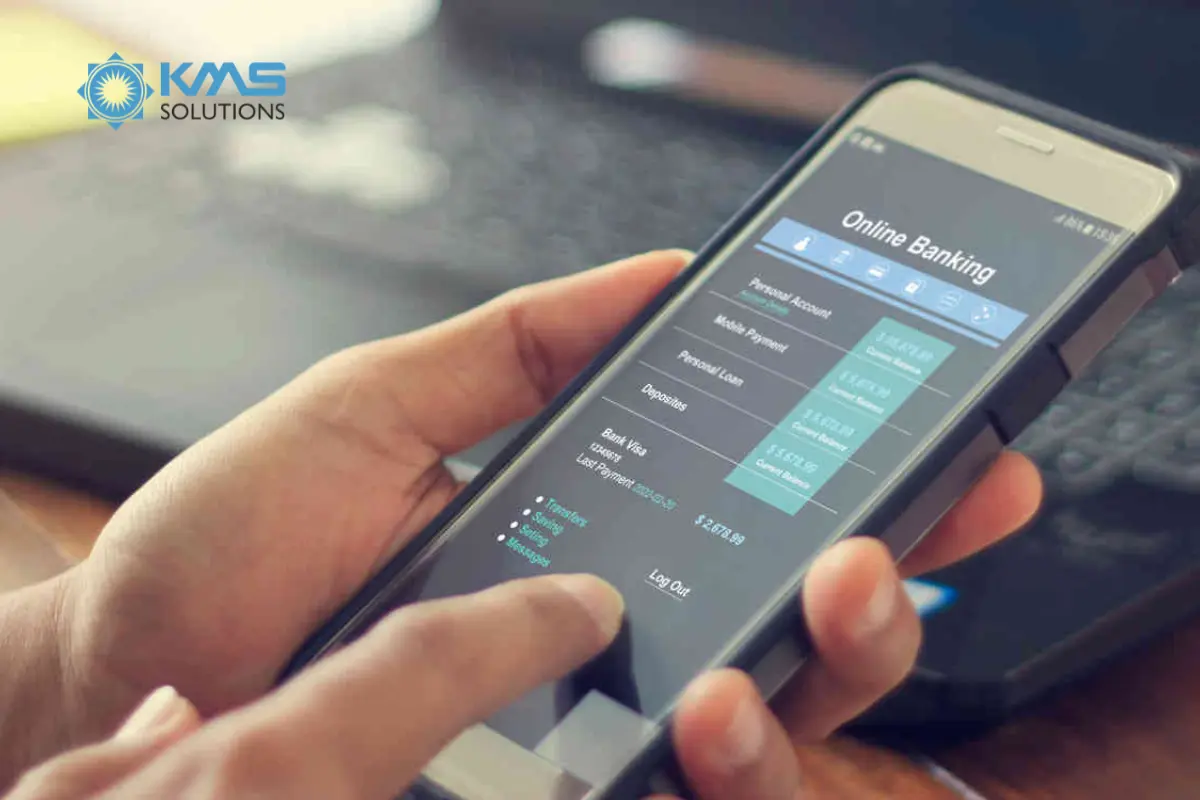
Challenges in Banking Product Development
Creating new banking products is no easy task. Banks encounter several challenges, including:
Integration with Legacy Systems
Traditional banks often rely on outdated IT systems that are incompatible with modern solutions. Integrating new products with legacy infrastructure can be costly and time-consuming.
Regulatory Hurdles
Navigating the labyrinth of compliance requirements across multiple jurisdictions is a significant challenge for global banks.
Cybersecurity Risks
With sensitive customer data at stake, robust security measures must be implemented to safeguard against potential breaches.
High Development Costs
The investment in research, development, and technology for new products can strain resources, particularly for smaller institutions.
Competitive Pressure
The influx of agile fintech firms means traditional banks must innovate faster, often while juggling larger bureaucracies.
Solutions to Address Development Challenges
Banks can adopt several strategies to overcome these obstacles and ensure successful product development:
Embrace Modern Technology
- APIs: Open banking APIs enable seamless data sharing and integration with third-party services.
- Cloud Computing: Cloud solutions offer scalability, cost-effectiveness, and flexibility for product development.
- Blockchain: For secure transactions, blockchain ensures transparency and reduces fraud.
Agile Development
Adopting agile methodologies helps banks iterate quickly and adapt to changes. Agile promotes collaboration, transparency, and faster time-to-market.
Customer-Centric Design
Involving customers early in the development process ensures products align with their needs. Banks can use data analytics to gain insights into user behavior and preferences.
Collaboration with Fintechs
Partnering with fintech startups provides banks access to cutting-edge technology and innovative practices without building solutions from scratch.
Enhanced Security Measures
Investing in robust cybersecurity frameworks, including AI-powered threat detection systems, protects customer data and builds trust.
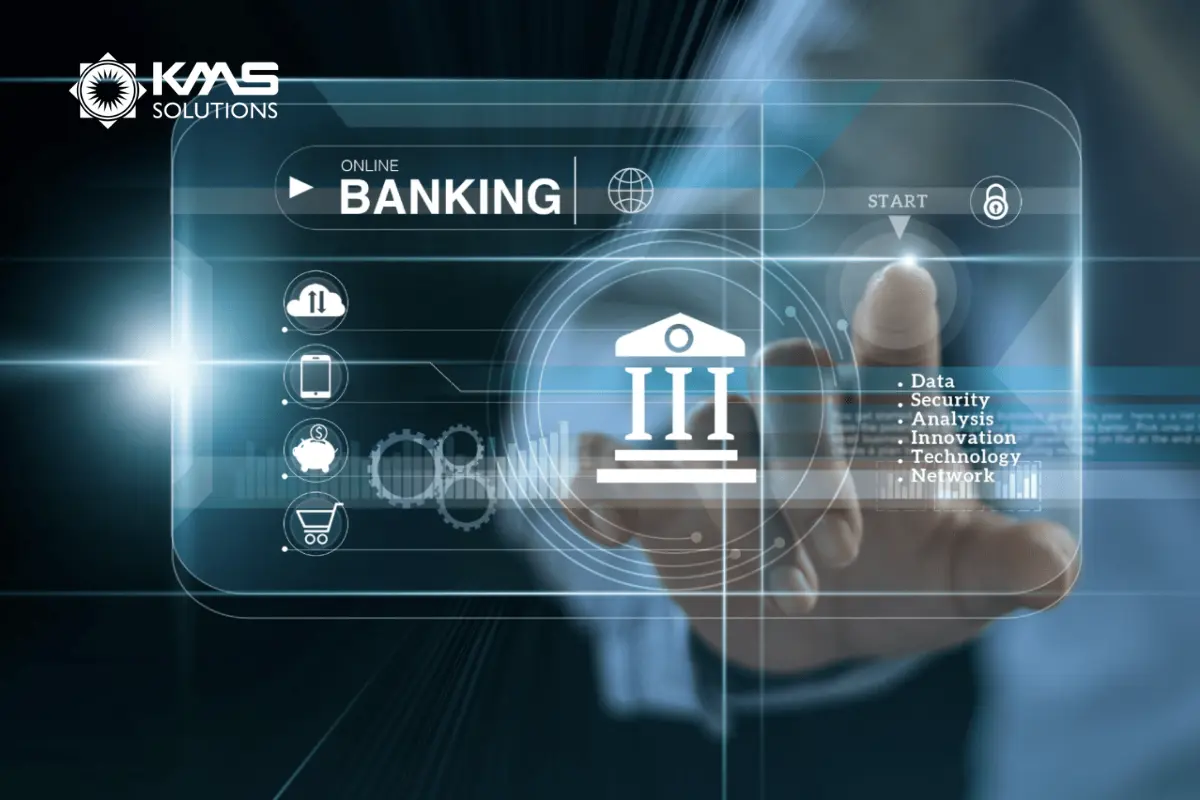
Emerging Trends in Banking Product Development
The future of banking is shaped by emerging trends and technologies. Here are some trends influencing new product development in banking:
- AI and Machine Learning: AI-driven tools enable predictive analytics, risk management, and personalized customer experiences.
- Digital Wallets and Contactless Payments: The rise of cashless transactions has led to widespread adoption of mobile payment solutions.
- Green Banking Products: As sustainability gains traction, banks are introducing eco-friendly products like green loans and investments.
- Embedded Finance: Integrating financial services into non-financial platforms creates seamless user experiences.
Real-World Examples of Innovation in Banking
- Revolut: A fintech company offering app-based banking services, including currency exchange, stock trading, and budgeting tools.
- BBVA’s Open Platform: Provides APIs for developers to build innovative banking applications, streamlining financial processes.
Conclusion
In the dynamic banking industry, effective product development is crucial for meeting customer expectations, ensuring compliance, and staying competitive. By understanding the stages of development, recognizing potential challenges, and adopting innovative solutions, banks can successfully navigate the complexities of bringing new products to market.
At KMS Solutions, we specialize in providing comprehensive support for banking product development. Our expertise in agile methodologies, advanced security measures, and customer-centric design ensures that your financial institution can deliver innovative and compliant products efficiently. Partner with us to accelerate your product development process and stay ahead in the competitive banking landscape.




